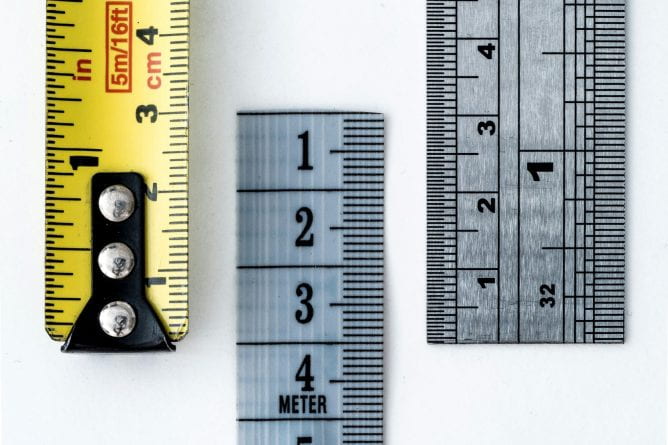Tag: Reflecting on Teaching
-

Peer Observation Process
By
|
Defining Peer Observation – What Is It and What Are the Benefits? Peer observation is a collaborative process where educational professionals receive formative feedback from a peer on their teaching. This approach is guided by goals established between the observer and the instructor observee. The observer reviews resources for the course, watches a live class…
-
On Keeping a Teaching Journal
By
|
Article by Tara DaPra, Teaching Professor & 2024-25 Instructional Development Consultant On the last day of the semester, I read the Brendan Kennelly poem “Begin” to my creative writing students, which ends thus: “Though we live in a world that dreams of ending/that always seems about to give in/something that will not acknowledge conclusion/insists that…
-

What to Do with Student Evaluation Feedback
By
|
The student evaluation of teaching process can produce anxiety in instructors at all career stages. No matter how confident you are in your teaching, being evaluated can feel as though your teaching style, pedagogy, and even personality are being put under a microscope. Turning this anxiety into a productive process for your class can be…
-

Scaffolding for Online Learning
By
|
As the end of the semester approaches and you begin to review the curricular structure of your courses in the near future, you may recognize the need for more robust scaffolding in content design regarding the online modality. Before reviewing and modifying your course in this capacity, it is important to know what scaffolding is,…
-
Revising—and Reframing—Your Teaching Philosophy
By
|
Writing your teaching philosophy is not easy, but it is still an important practice both for potential career advancement and for self-reflection as educators. In this post, Tara DaPra, Assistant Teaching Professor and one of CATL’s 2022-23 Instructional Development Consultants, reflects on some ways to make writing a teaching philosophy a creative (and even fun)…

